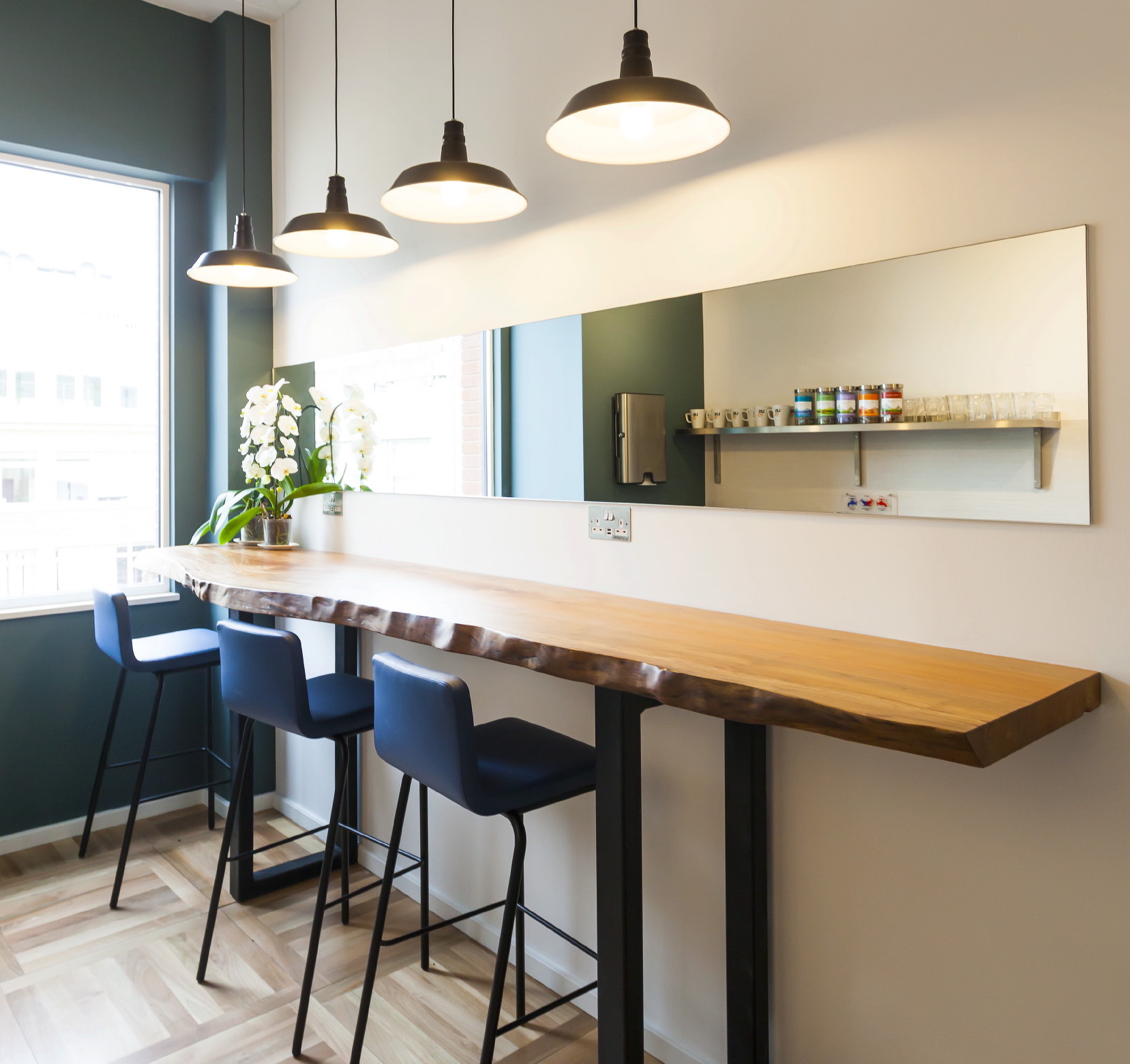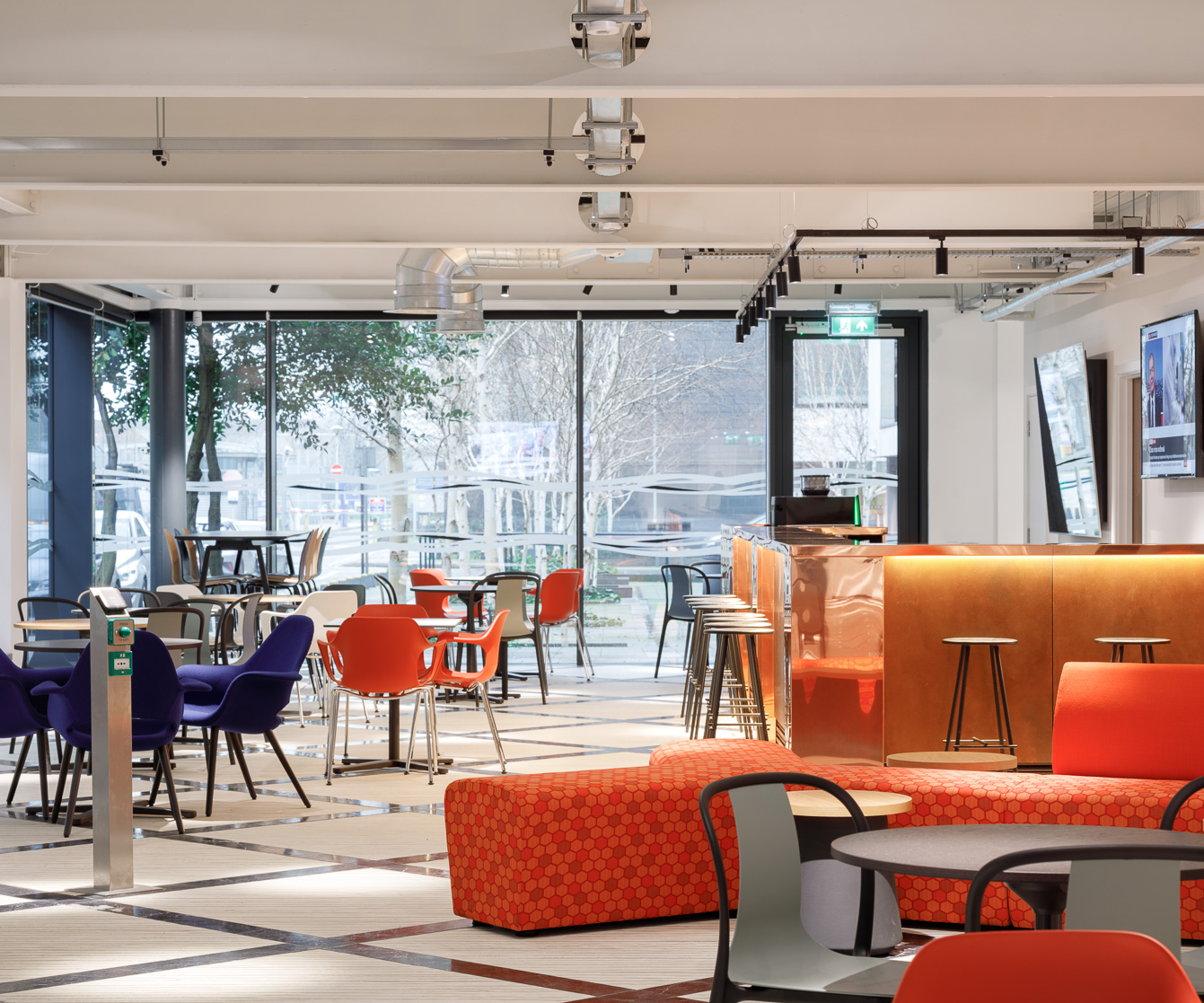Us&Co Blog
Co-Working In Numbers: Everything You Need To Know About Flexible Working
What Is Co-Working?
Co-working is the flexible working style that has recently become a hugely popular choice for millions around the world. Essentially, it is the practice of working in a shared business centre alongside members from different companies and industries.
There is no one-size-fits-all way of co-working, with the majority of co-working spaces offering a variety of memberships.
Some business centres, like Us&Co, offer what’s known as a ‘Pro-working’ experience, which includes all the core benefits of co-working, but on a more professional level. Click the following link to read our article on the differences between co-working and pro-working.
Different Kinds of Co-Working Memberships Include:
-
Hot-desking
Hot-desking is when you move where you work within a business centre on a day-to-day basis. This kind of working keeps you flexible. Studies show that the variety helps ensure a refreshed mindset that is particularly useful for creativity.
-
Fixed desks/dedicated desks
Fixed desk memberships offer you a dedicated desk to make your own. Ideal for either one-man-bands who prefer consistency and routine, or teams of workers who want to ensure they remain seated together.
-
Private office
Private offices offer all the benefits of co-working for larger teams of workers. Still situated within collaborative business centres, but often on your own dedicated floor or with barriers to provide more privacy.
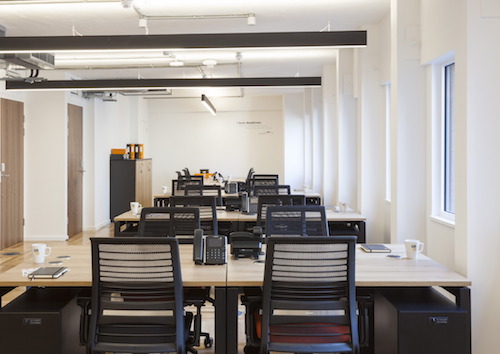
Owing to the flexible nature of co-working, the practice appeals to a wide variety of workers and industries, both big and small. Co-working is a growing favourite among flourishing businesses, SMEs, freelancers, the self-employed, start-ups, travelling employees and big brands alike.
This article looks at all the statistics and facts surrounding the co-working boom, from the most popular co-working locations to the industries that co-workers typically come from. We also address the advantages of co-working, and why you should consider it for your up-and-coming business.
Interested in learning more about how co-working could help your company thrive? Contact Us&Co today to find out about co-working memberships at our London Monument.
The co-working timeline is an interesting one, with the practice being a relatively recent phenomenon. At the beginning of the decade, just 21,000 people around the world were co-working. In staggering contrast to that, 2018 saw 1,690,000 people signed up to co-working memberships.
A lot of this growth has occurred in the last couple of years. The number of global co-workers has more than doubled since 2016, and this growth is projected to continue. It is estimated that, by 2022, there will be 5.1 million co-workers in the world, with over 1 million in the USA alone.
The graph below, with information compiled from statista.com, shows the growth in the number of people co-working around the world over the last 8 years.
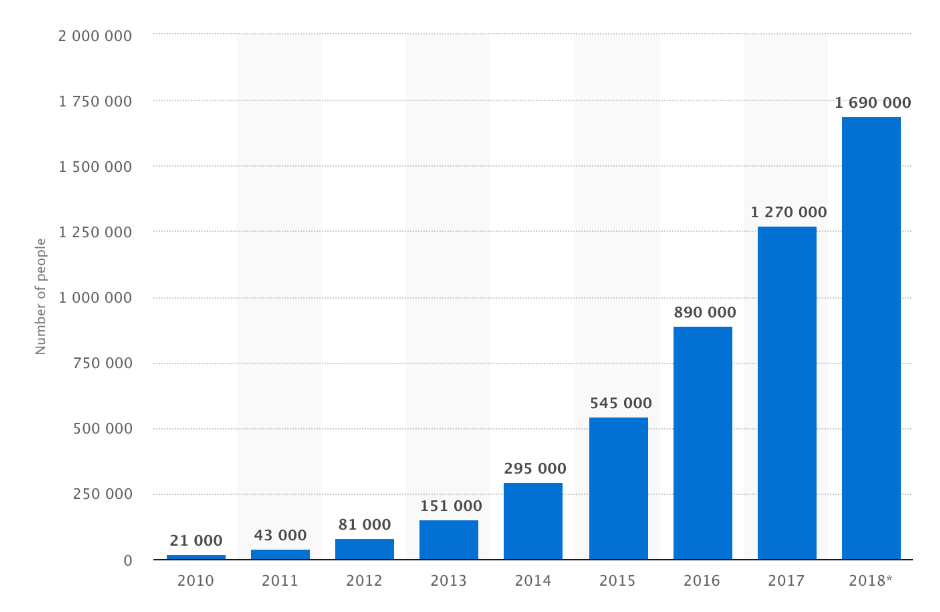
What Are The Most Popular Co-Working Locations?
It is estimated that there are currently almost 15,000 co-working spaces around the world, as of the beginning of 2019. In the US, this equates to 2.5 million square metres. In London, arguably the co-working capital of the world, 994,000 square metres are dedicated to co-working.
Global cities, in particular, are thriving hubs within the co-working industry.
In London, New York and Chicago, shared workspaces are expanding at a staggering annual rate of 20%. Co-working giant WeWork has such a substantial foot-hold in New York that it is actually on track to become the largest private office tenant in Manhattan!
Outside of the USA and UK, co-working is also a growing phenomenon in India, Spain and Germany, with 841, 483 and 311 co-working spaces registered in those countries respectively.
What Are The Most Popular Co-Working Industries?
Co-working sees people come from all walks of life and a vast variety of industries. However, some of the most popular industries that co-workers work in are:
- IT – Information technology is the main dominating industry, taking up an estimated 22% of flexible desk spaces.
- PR, Marketing & Sales – The second biggest proportion of co-workers come from these industries – increasing every year. Between 2016 and 2017, this group grew its co-working market share from 8% to 14%.
- Consultancy – Consultancy has been a core part of co-working since the trend emerged, although it is decreasing in significance (down to 6% of co-workers, compared to 11% in 2016).
Demographics – Who Is The Typical Co-Worker?
While there is no particular ‘typical co-worker’, it is interesting to look at how co-working demographics breakdown.
Recent studies show that the current average age of coworking space members is over 36 years old. When looking at the age group with the highest number of members the dominant age segment is 25 to 29 years old.
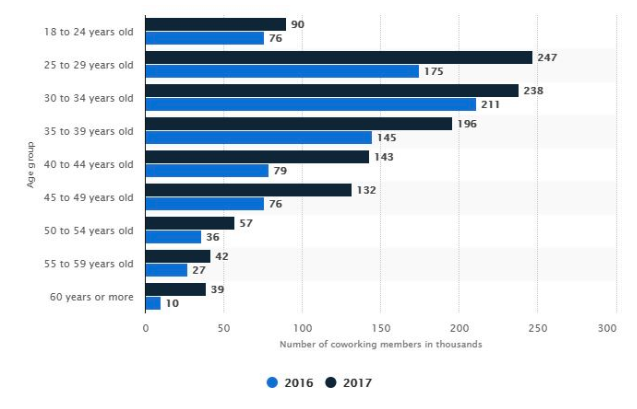
Gender-wise, male co-workers were traditionally more common. However, that does look to be changing in recent years to the extent that – as of 2019 – approximately 40% of the members of working spaces are women.
More Individuals Or Teams?
According to a recent study, 41% of all co-working space members are freelancers, 36% are employees, 16% are employers, and 7% of members are engaged in other activities, for example, studying.
The proportion of co-workers that are freelance, however, has taken a turn in recent years. In 2012, freelancers made up 55% of all co-workers. This change is mostly due to the growing appeal of co-working for company teams, looking for an alternative to inflexible office rental contracts.
What Are The Benefits Of Co-Working?
There are countless reasons why co-working has become such a popular choice around the world. But, time and time again, we see the following benefits providing the deciding factors behind the leap into co-working:
- Flexibility to choose your own working atmosphere
- Collaboration and networking opportunities
- Affordable membership fees with no difficult contracts
- Designed with productivity in mind
- Provides a place to host and impress partners, employees and investors
For more information on the advantages of co-working, read our previous article on the hidden benefits of hot-desking.

Start Co-Working Today
If you are interested in checking out one of our exciting co-working spaces in London Monument or Stratford East London please get in touch with the Us&Co team today. Come look around our centres by booking a tour here. You can call us on 020 102 4010, or fill out our quick enquiry form on our Contact Us page.



